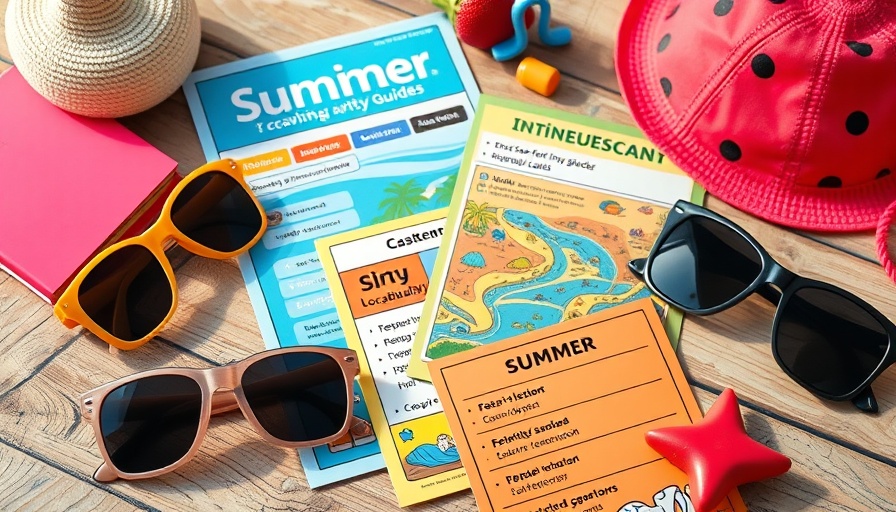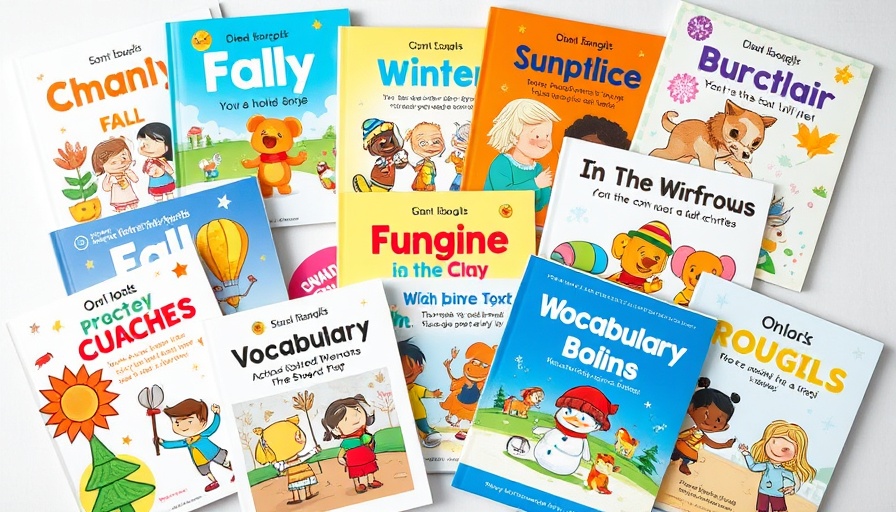
Summer Resources to Engage Students All Year Long
As the school year winds down, the challenge of keeping students engaged becomes paramount for educators. Many teachers, particularly those responsible for special education, can attest to the difficulties of ensuring that all learners stay motivated during the final weeks. Luckily, summer-themed resources can help ease the transition, maintain engagement, and prepare students for a fun-filled summer.
Interactive Books: Building Literacy in a Fun Way
Interactive books are a powerful tool for teaching vocabulary, enhancing communication, and building literacy skills. This summer, consider incorporating themed interactive books into your lesson plans. With topics such as summer vacations, beach outings, and camps, these engaging stories not only captivate students’ imaginations but also support critical skills. By promoting conversations around these relatable experiences, educators foster both receptive and expressive language in a manner that feels less like learning and more like play.
Adequate File Folder Activities for an Engaging Summer Learning
While interactive books lay the groundwork for vocabulary building, file folder activities offer both structure and fun during summer lessons. Even if you find your existing summer resources lacking, you can create new folder activities that link basic academic skills to seasonal themes. For instance, summer-themed math and literacy activities can enhance learning without losing the joyful essence of the season. Think about incorporating outdoor themes, like matching letters to images of summer activities, to keep the learning relevant and engaging.
Creative Engaging Activities for Practical Learning
Beyond interactive books and file folders, there are numerous creative ways to engage students. Consider incorporating hands-on projects that allow children to express their understanding of summer themes through visual arts. You could also implement group projects, where students can collaborate and create presentations on their favorite summer activities, which can nurture both social skills and creativity.
Why Sustainable Summer Resources Matter
Embedding sustainability into summer activities can enhance education when it comes to important lifestyle choices. Teaching kids about the environment through summer crafts, nature walks, and outdoor learning enhances their understanding of the world. This practical insight allows them to connect in an experiential manner, reinforcing the importance of ecological stewardship.
Support Your Students with Accessible Resources
Every educator knows that students have unique sensory and learning requirements. Therefore, ensuring that summer resources are diverse and accessible to all students is essential. By incorporating a variety of tactile, auditory, and visual learning aids in your summer activities, you can address the diverse needs of every learner. This tailored approach can greatly improve student outcomes and enjoyment.
Conclusion: Energizing Your Teaching with Summer Resources
As the end of the year approaches, don’t forget about the wealth of summer resources available to support your students! Not only will they help sustain engagement during this crucial time, but they also lay the groundwork for a smooth transition into summer learning environments. So, explore interactive books, dive into collaborative project ideas, and consider sustainable practices to keep your classroom vibrant. Let's make this summer transition an enjoyable experience for both educators and students!
 Add Row
Add Row  Add
Add 




Write A Comment